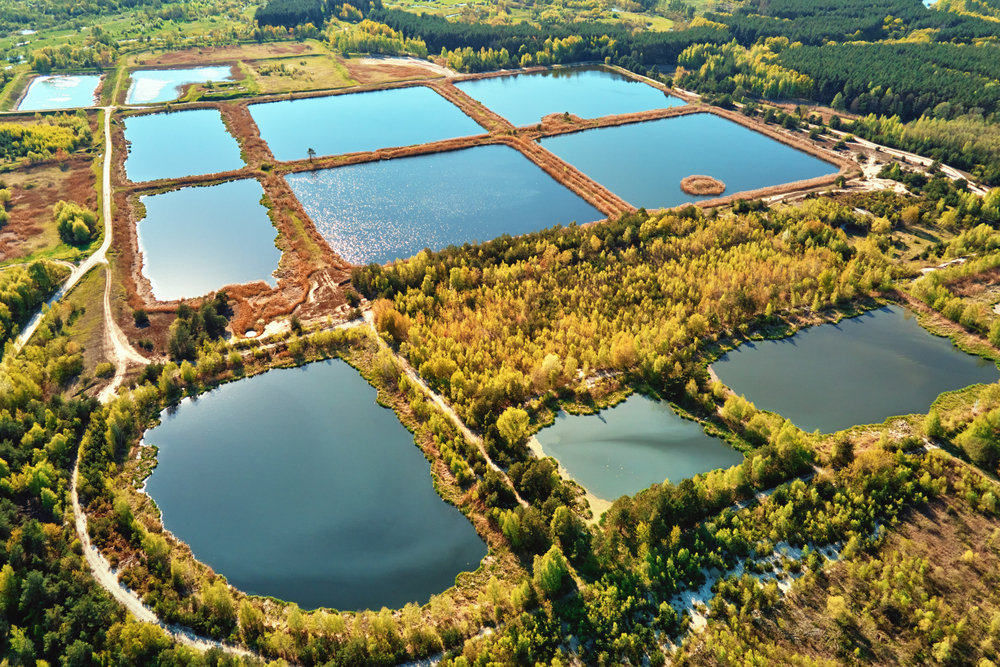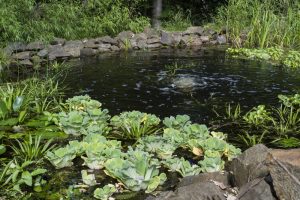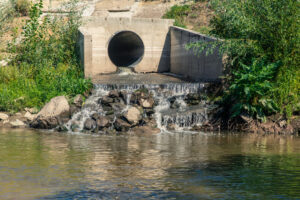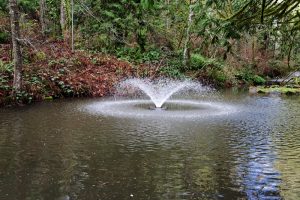Building detention and retention ponds are vital if you live in a flood-prone area. As the population grows, the cities equally grow, and the call for diverting the water also increases. The detention and retention ponds get constructed to manage the water levels when stormwater runoff overwhelms the city sewers.
One of the best ways to control stormwater runoff is to build detention and retention ponds. The ponds can help you prevent erosions near streams and rivers. But before constructing a detention or retention pond, you must understand the difference between the two flood control ponds.
Understanding the purpose of detention and retention ponds is essential when dealing with flood and erosion mitigation. Learn more. Share on XLet’s explore the difference between detention vs. retention ponds.
Detention vs Retention Ponds
Detention ponds don’t have a permanent pool of water, meaning they can also be dry detention basins. But conversely, retention ponds have an endless collection of water called wet ponds.
The detention basin mainly controls the stormwater from causing flood and erosion. In addition, you can use the retention basin for controlling floods and water quality treatment to reduce sediments and pollutants.
Advantages and Disadvantages of Both
The type of basins you use should depend on the surrounding areas. That’s because detention basins help mitigate floods and erosion by temporarily storing stormwater and releasing the waters into rivers and streams.
Retention basins help store and hold large volumes of stormwater and release them between storms. In addition, controlling floods and erosion is easy when you construct the right pond.
Check the advantages and disadvantages to assist you in deciding the best type of pond for flood and erosion mitigation measures.
Advantages of dry detention ponds
- Have a vegetative buffer to help withstand wet and dry conditions
- The small size makes its implementation cheap
Disadvantages of dry detention ponds
- You can’t use the ponds for water quality improvement
- The ponds can become a breeding ground for mosquitoes
- Require ample space for construction
- Lower the value of the property
Advantages of the wet retention pond
- You can use the pond for water quality improvement
- The ponds are simple to construct
- No additional equipment is needed to process water
- Creates new habitats for aqua life
- The ponds can be helpful in recreational activities
- It can improve flood control and the collection of stormwater
Disadvantages of wet retention ponds
- Needs ample space
- Can cause drowning accidents like drowning hazards
- The ponds can impact the quality of water negatively
Maintenance
Detention and retention ponds require maintenance. The orifice should not clog or block—otherwise, the basins may not function well. You can achieve that by cleaning the pipes to remove debris.
Checking to identify disturbances like gullies on the bank and repairing them after storms will significantly help. Additionally, ensure that the vegetation surrounding the basins is maintained.
Let Waterline Help
Detention and retention ponds are useful in flood and erosion mitigation. Dry detention basins store excess water that can overflow and flood neighborhoods. Though temporary, it’s essential to design it to prevent damage to homes and buildings. In addition, retention ponds can bring aesthetic beauty for recreational purposes.
Contact us for more information on detention and retention ponds.



